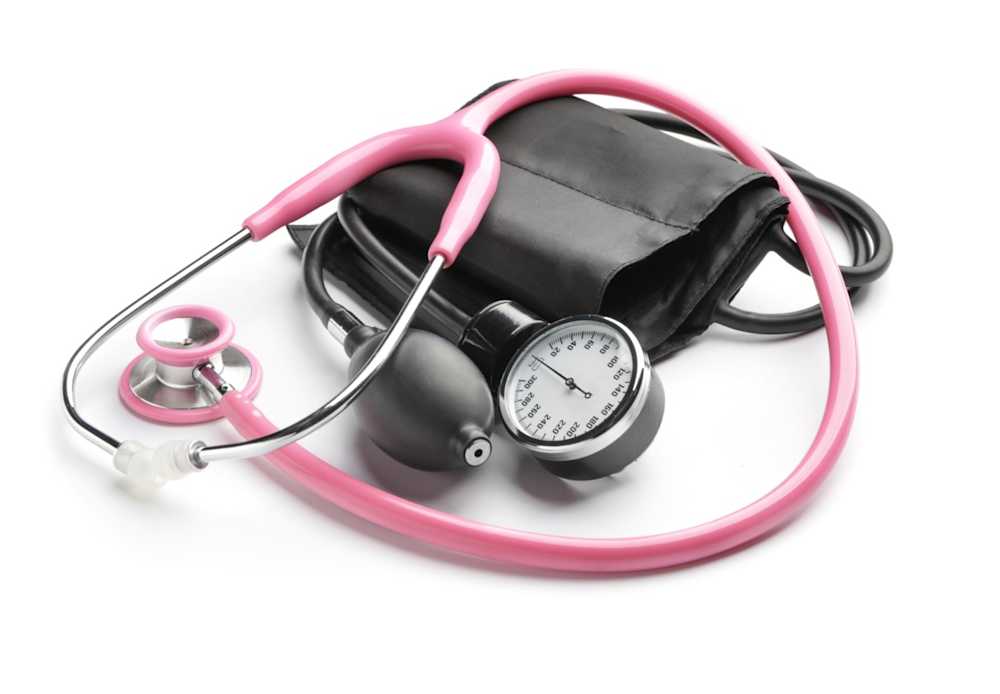A 510(k) is a premarket submission made to the U.S. Food and Drug Administration (FDA) to demonstrate that a new medical device is as safe and effective as a comparable device already legally on the market. A company that wants to market Class I, II, or III devices in the United States must submit a 510(k) to the FDA unless the device is exempt or a premarket approval application (PMA) is required instead.1
Submitters must support their substantial equivalence (SE) claims to a legally marketed device with a range of data on the new device’s safety and effectiveness, including laboratory test results on characteristics such as sterility, shelf life, biocompatibility, and mechanical performance.2
Book a free kick-off meeting with our experts to discuss your biocompatibility testing needs.
Sterility testing for 510(k) submission
Sterility testing is performed to demonstrate that devices labeled as sterile are free from viable micro-organisms. When a sterilizing agent is used, testing is also needed to ensure that any residues remain within safe limits.
The most straightforward way to substantiate sterility claims for 510(k) submission is to use one of the established sterilization methods listed by the FDA. These include dry heat, ethylene oxide (EO), steam, radiation, and vaporized hydrogen peroxide treatments.3
Standardized sterility testing options include ISO 11737-2 (growth of aerobic bacteria, anaerobic bacteria, and fungi on the device) and ISO 10993-7 (analysis of ethylene oxide residuals). The FDA recognizes both as consensus standards, which means that the agency recommends using them when evaluating medical device safety and effectiveness with regard to sterility.4
Reusable devices will require further tests to validate the reprocessing procedure between uses. These include cleaning validation, disinfection validation, and/or sterilization validation studies. Applicable consensus standards for reprocessing validation include ISO 17664 (Parts 1 and 2) and ANSI/AAMI ST98.
Shelf life testing
Shelf life is the time a medical device remains suitable for its intended use, retaining its chemical, physical, microbiological, therapeutic, toxicological, and biocompatibility characteristics.5 Especially for sterile devices, shelf life is closely related to the effectiveness of the packaging in maintaining an effective barrier against microbial contamination.
Some examples of shelf-life testing options for 510(k) submission include ISO 11607-1 and ISO 11607-2 for evaluating the packaging of terminally sterilized medical devices and ASTM F1980 for accelerated aging testing of sterile barrier systems. All three are FDA-recognized consensus standards.
Biocompatibility testing for 510(k)
Biocompatibility refers to the ability of a medical device to perform its intended function without causing adverse effects on the body. The extent of biocompatibility testing required for FDA 510(k) submission depends on the category of the device, how it contacts the body, and the contact duration, with more invasive devices requiring more extensive testing.
The ISO 10993 standard family is generally used by companies to demonstrate their devices’ biocompatibility for FDA premarket submission.6 The most commonly performed tests, required for almost all new devices, include ISO 10993-18 (chemical characterization of medical device materials), 10993-5 (cytotoxicity), 10993-10 (skin sensitization), and 10993-23 (irritation).
Performance testing
Premarket notifications to the FDA should also include information on the device’s mechanical and biological engineering performance, demonstrated by test results from non-clinical bench-performance tests. Assessed properties can include, among others, fatigue, wear, tensile strength, compression, and burst pressure.7
Most mechanical performance tests are product-specific, which means that there are dozens of FDA consensus standards that testing can be based on. For example, the FDA recognizes almost 40 different standards relating to fatigue testing of materials and devices in the orthopedic, cardiovascular, physical medicine, dental, and ENT categories.8
Measurlabs offers extensive medical device testing services for your company’s 510(k) submission. If you would like to learn more about testing options and request a quote for your device, please contact us via the form below or at info@measurlabs.com.
References:
1 See the FDA’s Premarket Notification 510(k) page for more information on when the 510(k) is required.
2 See the Electronic Submission Template for Medical Device 510(k) Submissions by the FDA.
3 FDA guidance document on Submission and Review of Sterility Information in Premarket Notification (510(k)) Submissions for Devices Labeled as Sterile.
4 ISO 11737-2 and ISO 10993-7 can be found in the FDA’s Recognized Consensus Standard database. More information on the use of consensus standards is available in an FDA guidance document titled Appropriate Use of Voluntary Consensus Standards in Premarket Submissions for Medical Devices.
5 FDA's Shelf Life of Medical Devices guidance document explains how shelf life can be determined.
6 See FDA’s Use of International Standard ISO 10993-1 guidance document.
8 Search for the keyword “fatigue” in the FDA’s Recognized Consensus Standard database.

